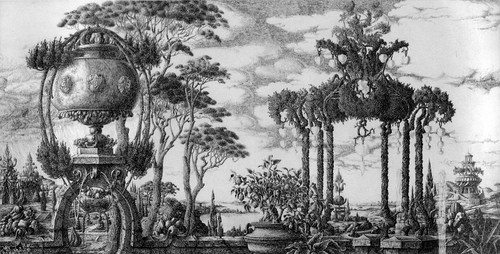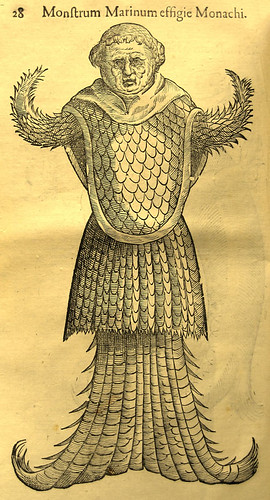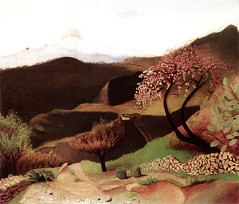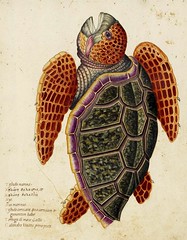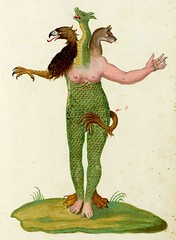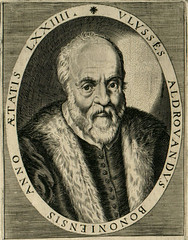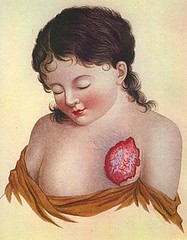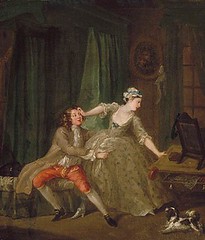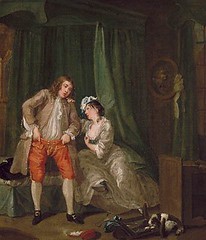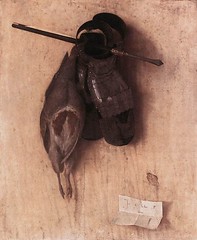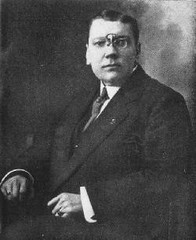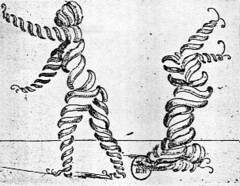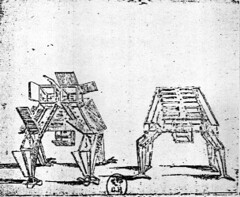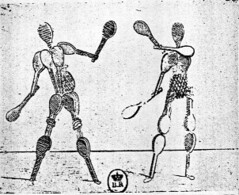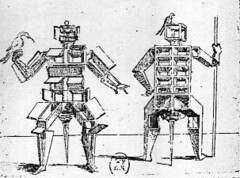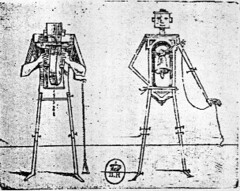
Gustave Courbet (portrait by Nadar)
“I have studied the art of the masters and the art of the moderns, avoiding any preconceived system and without prejudice. I have no more wanted to imitate the former than to copy the latter; nor have I thought of achieving the idle aim of ‘art for art’s sake.’ No! I have simply wanted to draw from a thorough knowledge of tradition the reasoned and free sense of my own individuality. To know in order to do: such has been my thought. To be able to translate the customs, ideas, and appearance of my time as I see them — in a word, to create a living art — this has been my aim.” Gustave Courbet, preface to World’s Fair catalogue, 1855.

The Stone Breakers (1850) – Gustave Courbet
Courbet depicted the harshness in life, and in so doing, challenged contemporary academic ideas of art, which brought him criticism that he deliberately adopted a cult of ugliness. [Apr 2006]
Anarchism had a large influence on French Symbolism of the late 19th century, such as that of Stéphane Mallarmé, who was quoting as saying “Je ne sais pas d’autre bombe, qu’un livre.” (I know of no bomb other than the book.) Its ideas infiltrated the cafes and cabarets of turn of the century Paris.
Related: avant-garde – anarchism – government – French theory

Proudhon and his children (1865) Gustave Courbet
The painter Gustave Courbet was friends with Proudhon and supported the latter’s views on societal change. Proudhon was avant-garde in politics, Courbet in the visual arts. One of Proudhon’s most poetic and prophetic exposés was “To be GOVERNED is …” which is reproduced on this page.
“To be GOVERNED is to be watched, inspected, spied upon, directed, law-driven, numbered, regulated, enrolled, indoctrinated, preached at, controlled, checked, estimated, valued, censured, commanded, by creatures who have neither the right nor the wisdom nor the virtue to do so. To be GOVERNED is to be at every operation, at every transaction noted, registered, counted, taxed, stamped, measured, numbered, assessed, licensed, authorized, admonished, prevented, forbidden, reformed, corrected, punished. It is, under pretext of public utility, and in the name of the general interest, to be place[d] under contribution, drilled, fleeced, exploited, monopolized, extorted from, squeezed, hoaxed, robbed; then, at the slightest resistance, the first word of complaint, to be repressed, fined, vilified, harassed, hunted down, abused, clubbed, disarmed, bound, choked, imprisoned, judged, condemned, shot, deported, sacrificed, sold, betrayed; and to crown all, mocked, ridiculed, derided, outraged, dishonored. That is government; that is its justice; that is its morality.” (P.-J. Proudhon, General Idea of the Revolution in the Nineteenth Century, translated by John Beverly Robinson (London: Freedom Press, 1923), pp. 293-294.)



